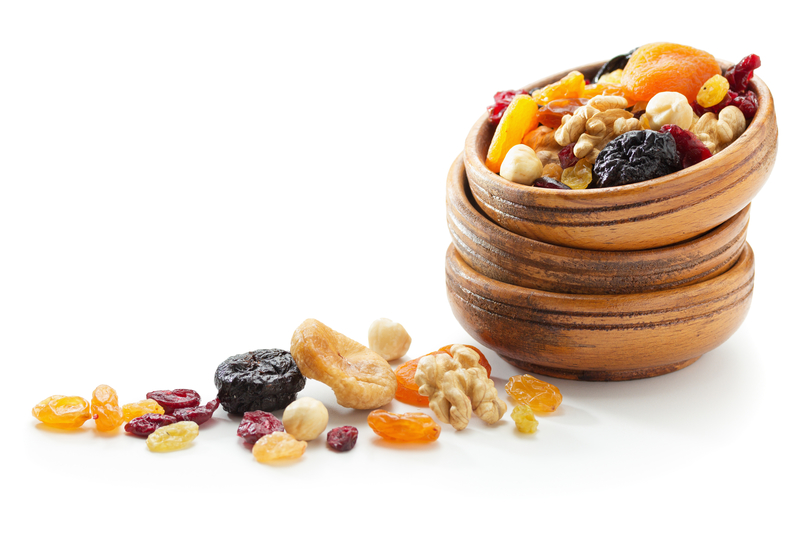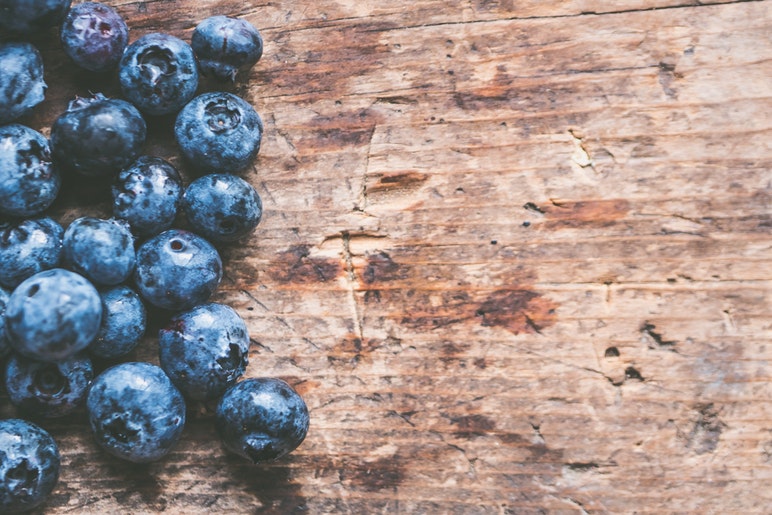The Myths of Dried Fruit

Is dried fruit as healthy as we think it is?
Antioxidants, vitamins, minerals, and fiber are not the typical nutrients you would find in a bag of candy. This is where dried fruit, often referred to as nature’s candy, has candy beat. Seems like a no-brainer that dried fruit is clearly very healthy, or so you would think.
The problem with dehydrated fruit lies in the sugar content.
When you dry out a fruit, all of the water is removed. After this process, you are left with the vitamins, fiber, protein, and the sugar. After a fruit is dried, essentially you are left with a condensed version of the fruit.
For example if you dry 1 cup of grapes, you will be left with about a quarter cup of raisins. The portion has shrunk by about 75%, but the sugar content has remained the same.
So does this mean you might as well eat candy?
Sorry but no, dried fruit is still the better option. As long as you stick to the serving size, usually around ¼ cup, you can reap the benefits and avoid the excess sugar.
It is important to note that the fiber content of dried fruit can keep you fuller longer than candy would. If you want to take it a step further, you can mix it in with some protein to get a great power snack.
Try tossing some cranberries into your plain yogurt, or enjoy them with some nuts. The mix of fiber, sugar, and protein will give you the energy you need to keep you going in between meals.
It is important to note that a lot of dried fruit has sugar added to it. This is not the dried fruit I am recommending you eat. To make sure there is no added sugar, check the ingredient list to make sure there are no unhealthy add-ins.
Nathalie Lati recently graduated from Montclair University with a degree in nutrition and food science. She is dedicated to helping people understand healthy living is not about dieting, it is about balance.











